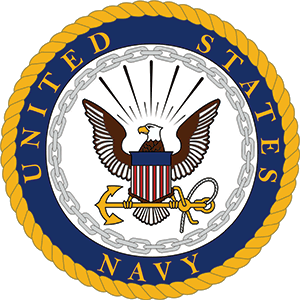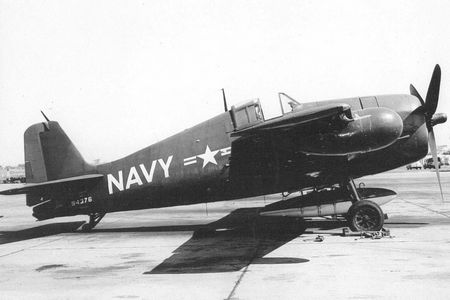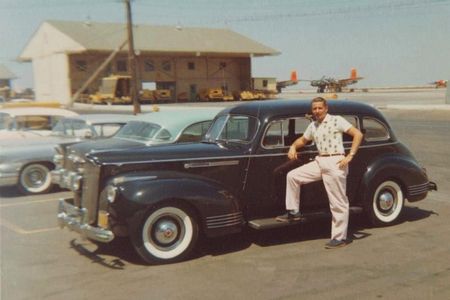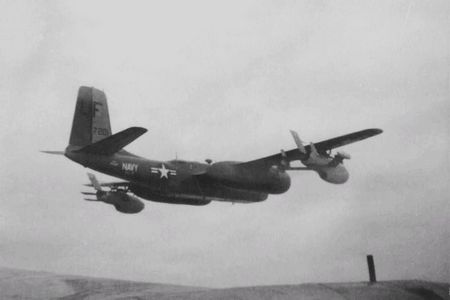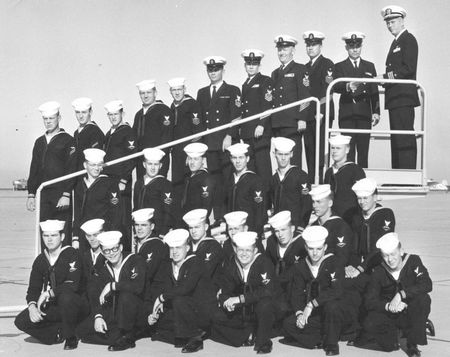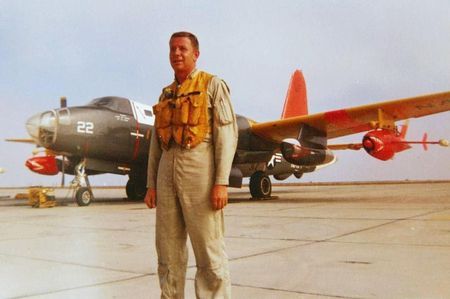ABOUT VU-3
```html
- Establishment: Utility Squadron Three (VU-3) was established by the U.S. Navy in the early 1940s, primarily tasked with providing support services such as target towing and drone operations.
- WWII Service: During World War II, VU-3 played a crucial role in training anti-aircraft gunners by towing aerial targets for live-fire exercises.
- Location: VU-3 was based at Naval Air Station Barbers Point, Hawaii, for much of its operational history, taking advantage of the Pacific location for training and drone missions.
- Diverse Aircraft: The squadron operated a variety of aircraft over the years, including the Grumman F6F Hellcat, JD-1 Invader, and later, jet-powered drones like the KD2G Firefly.
- Drone Pioneers: VU-3 was one of the first U.S. Navy units to operate radio-controlled target drones, contributing to early developments in unmanned aviation.
- Post-War Evolution: After WWII, VU-3 continued supporting fleet exercises, missile tests, and fleet gunnery practice, adapting to new technologies and mission requirements.
- Cold War Role: The squadron supported missile testing and evaluation during the early years of the Cold War, enhancing U.S. Navy air defense capabilities.
- Insignia: VU-3's squadron patch featured a distinctive emblem: a cartoon target with a dart in the bullseye, reflecting its primary mission.
- Redesignation: In 1965, VU-3 was redesignated as Utility Squadron Three Hundred Three (VC-3) as part of a Navy-wide reorganization.
- Legacy: Although disbanded, VU-3’s pioneering work in aerial target operations and unmanned aviation influenced subsequent Navy drone and training squadrons.

